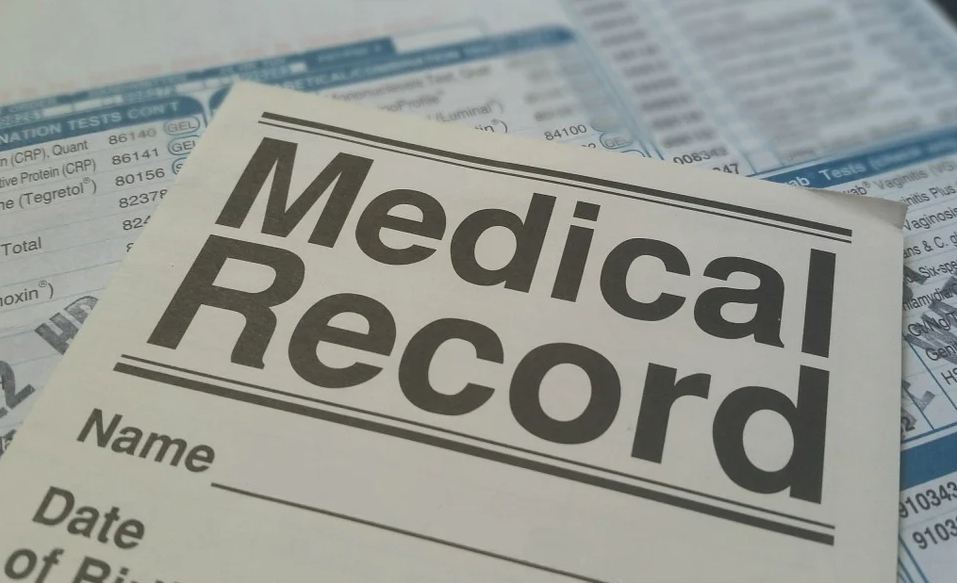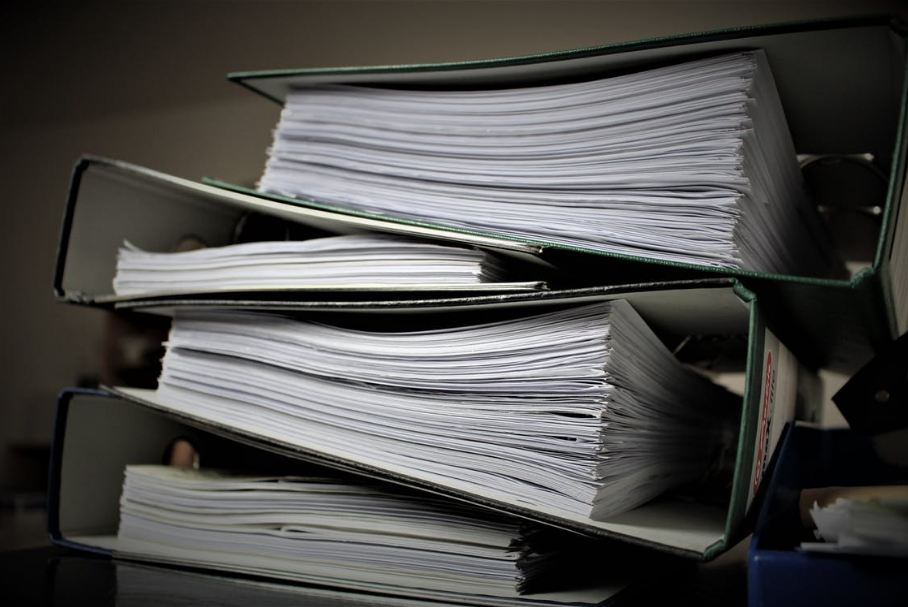Whether you’re a team of medical professionals or an individual, keeping track of health care can prove quite strenuous at times. However, securing all your medical records and organizing them in one place can profoundly help you keep an up-to-date track of your healthcare. Assembled healthcare records save you from hassle in many situations where you need instant access to medical information like calling a doctor in a medical emergency or even seeing new healthcare professionals.
So how can you keep track of your healthcare? To help you through, let’s walk you through every step essential for keeping track of your Health Care in a hassle-free manner, from tips on getting hold of old medical records to storing them efficiently.
Retrieve All Medical Records: Old or New
To get hold of old medical records first, you need to find the website for the medical institution. Almost all institutions provide information for patients on how to access medical records on their website. Thanks to modernization and advancements in health care facilities, most institutions retain digital medical records that you can access through a patient portal. An Electronic Health Record (EHR) or Electronic Medical Record (EMR) is owned and stored by your healthcare provider and contains all your healthcare information like your complete health history, test results, physical exams, previous and current prescriptions, and much more!
However, many institutions are still run on archaic methods and keep hard copies of your medical records. In case your healthcare provider does not employ a patient portal, look for the contact page on the website, and call on the number provided there to ask about the process of retrieving your complete medical record from their institution. The ease of obtaining old medical records depends on state and federal laws. Moreover, the period for which a facility stores your medical records also differs from state to state. In some states, for example, pediatricians have to keep your records for at least three years after you are eighteen years of age, while in other States, the period is ten years.
Keep Your Own Personal Health Record (PHR)
Once you have collected all your previous and new medical records, it’s time to organize that myriad of information systematically so that you don’t have to rummage through piles and piles of medical data when looking for a specific piece of information.
If your healthcare provider has no patient portal, you can also make your own Personal Health Record. A Personal Health Record is not under the ownership of your healthcare provider like an Electronic Medical Record; instead, controlled by either you or your caregiver/family member. One of the advantages of keeping a Personal Health Record is that you can combine information from different providers; this proves efficient if you see more than one specialist and want to keep all your medical information under one roof.
There are many routes you can take to store and assemble your medical data effectually in a Personal Health Record; below, we discuss some of those options:
Do it the old-fashioned way
One can never go wrong with storing medical records manually. Though it is a time-taking and labor-extensive process, it is undoubtedly the most reliable method of all. Though most institutions keep digital records now, you can always ask for hard-copy files and then compile them either on your computer or paper, according to your preference.
On Paper
If you want to reserve your medical information on paper, there is no better option than a paper binder system. A paper binder is both easy on the pocket and has an uncomplicated setup. You can use multi-colored tabs or dividers to create distinctions between records from different healthcare providers. Using a binder to stock your medical records makes it easier for the doctor to see your medical history as well. Moreover, you can also easily retrieve any specific page from the binder if your doctor needs a photocopy. To ensure your medical records are not misplaced or lost, secure your binder in a password-protected or locked filing cabinet.
On Computer
To store your medical data digitally, you can scan the medical records and save the pdf files in either an external hard drive or a folder on your laptop/home computer. Employing a digital document storage system is relatively easy and less time-consuming than a paper-binder system. If your doctor needs to see a medical record or test result, all you need to do is email that specific document to your doctor instead of having to carry the extra weight of the binder with you on your visit. Moreover, it allows your data to back up online, so you do not have to worry about misplacing it. In case of any emergency, your family members can also access your medical information.
Enroll In a Membership-based Primary Care
Many primary care clinics and telemedicine companies now offer membership-models. When you enroll in such membership-based programs, they upload your medical records at the beginning of the program and then continue adding data to your files throughout service. You can easily access these files to keep track of your healthcare records through each company’s respective app.
Go online
Various providers have designed websites where you can securely store all your healthcare information, including records. The data is fully encrypted, so you do not have to worry about privacy invasion. These websites also have apps that allow you to upload, manage, and access all that information through your mobile phones. You can arrange the data into different categories and files according to your liking and even share documents with your doctor. Some apps also monitor sleep cycle, mood, medication, and immunization to provide feedback and help you keep track of your overall health and fitness.
The Takeaway
Keeping track of your health care can be made easy if you stock and arrange your medical records in an orderly manner. Employ a filing system that suits your needs and liking best and keep track of your health care efficiently.






